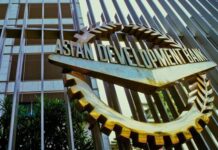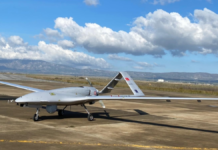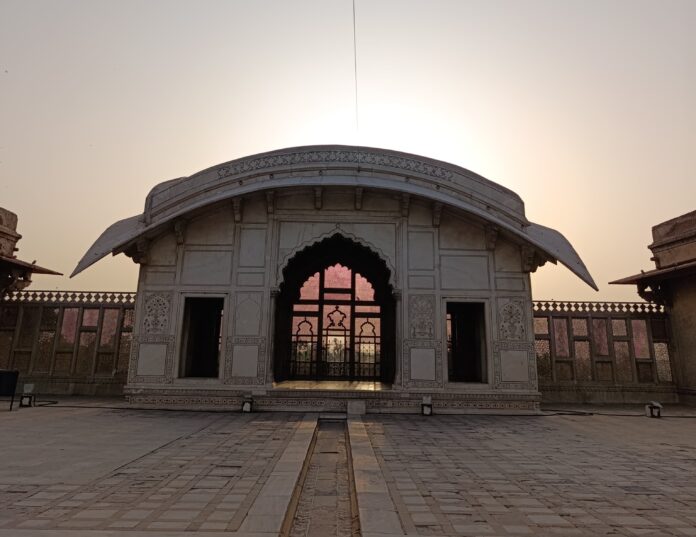The Punjab government has set aside Rs60 billion in its upcoming provincial budget for the development of 60 archaeological and heritage sites across the province. This initiative aims to strengthen cultural tourism and safeguard historical assets in Pakistan’s most populous province.
According to a news report, the selected sites include a variety of museums and religious landmarks representing multiple faiths. The development plan also involves building supporting infrastructure such as improved logistics and transportation to enhance accessibility and the overall experience for visitors.
A key focus is the Lahore Museum, which is slated for significant restoration at a cost of Rs6 billion, aligning with its rich historical significance. Additionally, Taxila is set to be declared an International Heritage City, alongside other important heritage cities throughout Punjab.
Officials confirmed that PC-1 preparations for these projects are underway to ensure physical work starts with the new fiscal year on July 1, avoiding delays. The provincial government has also launched a digital app connecting 160 sites virtually, including areas like Murree, to guide tourists.
To improve security and management, the government is establishing a Tourist Force/Police, with 600 personnel in the hiring process, of which 200 will be deployed in Murree.
Out of 800 identified heritage sites—many neglected after the 18th Constitutional Amendment—the government is prioritising 60 for immediate development, aiming to promote domestic tourism and provide travel alternatives for citizens who cannot afford international trips.
The Lahore Museum restoration is expected to be completed within a year, while other archaeological site developments will take additional time. The government also plans to rehabilitate 14 sites under the Pakistan Tourism Development Corporation (PTDC) along with key tourist resorts.
The development of Taxila as an International Heritage City includes a comprehensive master plan covering short, medium, and long-term projects. Short-term initiatives involve setting up a Project Management Unit, expanding Taxila Museum, digital modelling of monuments, constructing a ceremonial gate, upgrading roads, and creating cultural and tourist trails connected by electric carts.
Medium-term plans include building tourist facilities, preserving key archaeological clusters, expanding excavations, and conducting seismic studies. Long-term objectives focus on further expanding tourist trails and restoring major heritage complexes like Dharmarajika and Mohra Moradu.























